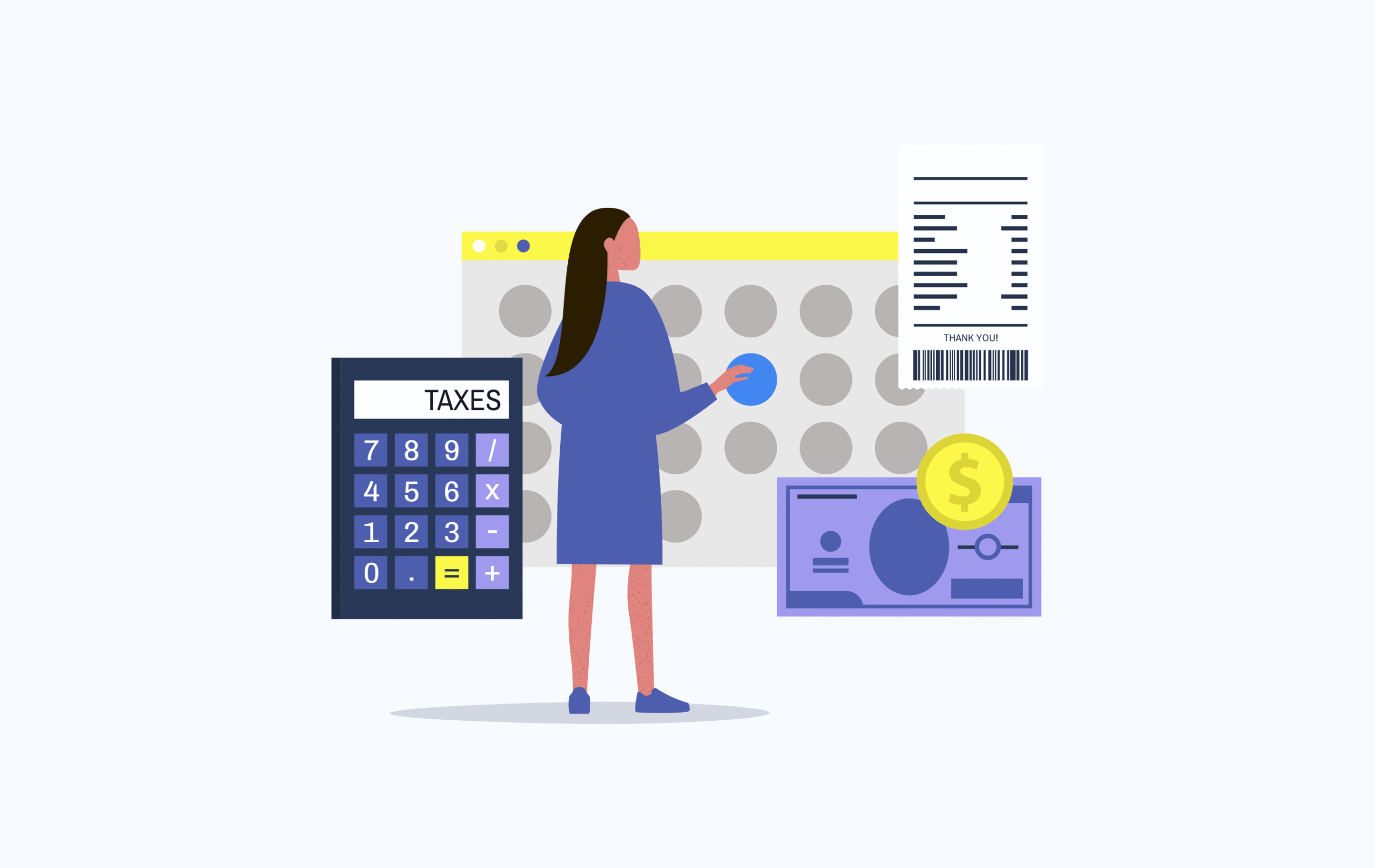Introduction: Budgeting When Your Paycheck Plays Hide and Seek
Creating a Budget That Actually Works with Irregular Income. Living with an irregular income—whether you’re a freelancer, gig worker, commission-based employee, or entrepreneur—can feel like a financial rollercoaster. One month you’re flush, the next you’re scraping by. Traditional budgeting advice often doesn’t apply here, and that’s what makes it so frustrating.
But here’s the good news: with the right mindset and a few adaptable tools, you can build a flexible, realistic budget that works even when your income doesn’t follow a neat calendar. I’ve worked with many individuals in the creative and freelance world, and the ones who thrive aren’t the ones with the most money—they’re the ones with the smartest strategies.
Table of Contents
Understand Your Minimum Monthly Needs (Your “Survival Number”)
Before you even look at your income, figure out what you absolutely need to live each month. This includes:
- Rent or mortgage
- Groceries
- Utilities
- Minimum loan payments
- Transportation
Add all of this up. This is your survival number—the bare minimum you need to keep your life running. It’s not glamorous, but it’s your baseline.
💡 Pro tip: If you’re unsure where to start, tools like NerdWallet’s Budget Calculator can help you estimate a monthly spending plan based on your lifestyle and region.
Determine Your Average Monthly Income
Irregular doesn’t mean completely unpredictable. Look at the last 6 to 12 months of your income and calculate the average. This will help you spot patterns and plan more effectively. Sure, some months will be lower, but others may be higher. That average becomes the foundation of your planning.
If you’re new to freelancing or consulting and don’t have a long income history, estimate conservatively—it’s better to be safe than sorry.
Build a Bare-Bones Budget First, Then a Full Budget
Once you have your survival number and average income, create two separate budgets:
- Bare-bones budget: Covers only essentials. This is what you follow during low-income months.
- Full budget: Includes extras like dining out, entertainment, savings, subscriptions, and travel. You follow this when you’re earning above average.
This dual-budget system helps you shift gears easily, depending on your income each month—no panic needed.
Prioritize a Buffer Fund (This Is Your Lifeline)
Inconsistent income calls for a strong buffer fund—ideally 3 to 6 months of expenses tucked away. This isn’t your emergency fund (for medical bills or car repairs); this is specifically for months when income is low or late.
Even if you can only save a little each month, make this a top priority. Set it up in a separate high-yield savings account so it’s accessible but not tempting to spend.
🧠 According to Bankrate, over 50% of Americans couldn’t cover a $1,000 emergency without borrowing—don’t be part of that statistic.
Use the “Pay Yourself a Salary” Method
If you earn $5,000 one month and $2,000 the next, it’s tempting to live large when the money flows. But that’s how people stay stuck in the feast-or-famine cycle.
Here’s a better system: when you get paid, deposit all earnings into a holding account (separate from your everyday spending account). Then “pay yourself” a consistent amount each month from that account, like a regular paycheck. This creates predictability and helps with discipline.
Automate the Important Stuff
Irregular income doesn’t mean you should rely on manual budgeting every time. Instead, automate wherever possible:
- Automatic savings transfers after payday
- Scheduled payments for bills or subscriptions
- Auto-categorizing apps like YNAB or PocketGuard
You don’t have to micromanage every rupee or dollar if your system is smart enough to do it for you.
Separate Business and Personal Finances
If you’re self-employed, mixing your business and personal accounts is a recipe for chaos. Open a dedicated business account where all income goes. From there, transfer your “salary” to your personal account.
Doing this helps with:
- Clarity on your actual personal budget
- Easier tax filing
- Smarter business decisions
Also, always set aside a portion (20–30%) of each payment for taxes if you’re not getting taxes withheld automatically.
Have a “Feast” Plan for Windfalls
Irregular income often comes in spikes—big paychecks from one-off projects or seasonal work. The key is not blowing it all. Create a system for handling windfalls, like this:
- 50% → Savings/buffer
- 30% → Business investment or debt payoff
- 20% → Fun money or splurges
It’s okay to enjoy a big payday—just do it with intention.
Regularly Review & Adjust
Your budget isn’t a one-time thing—it’s a living, breathing plan. Review your numbers monthly:
- Did you earn more or less than expected?
- Did any expenses spike unexpectedly?
- Are you ahead or behind your savings goals?
Use this info to tweak your full vs. bare-bones budget and adjust your “salary” if needed.
Mental Health Matters: Financial Stress Is Real
One often-overlooked part of irregular income is the emotional toll it can take. The uncertainty can be overwhelming and lead to poor decisions based on fear or desperation.
Here are a few practices that help:
- Track wins: Record successful months or milestones
- Practice gratitude for the flexibility your lifestyle offers
- Talk it out with a financial coach or community—Facebook groups or subreddits like r/personalfinance are full of helpful, non-judgmental advice
Conclusion: Make Your Money Work With You, Not Against You
Budgeting with irregular income is hard—but it’s far from impossible. In fact, it can lead to greater financial awareness, discipline, and flexibility than traditional budgeting. The key is building a system that adapts with you, rather than fighting your income pattern.
Focus on your survival number, automate smart habits, maintain a buffer, and pay yourself like a boss. Over time, the rollercoaster will feel a little more like a scenic drive—and a lot less like freefall.
Find more Finance content at:
https://allinsightlab.com/category/finance/

